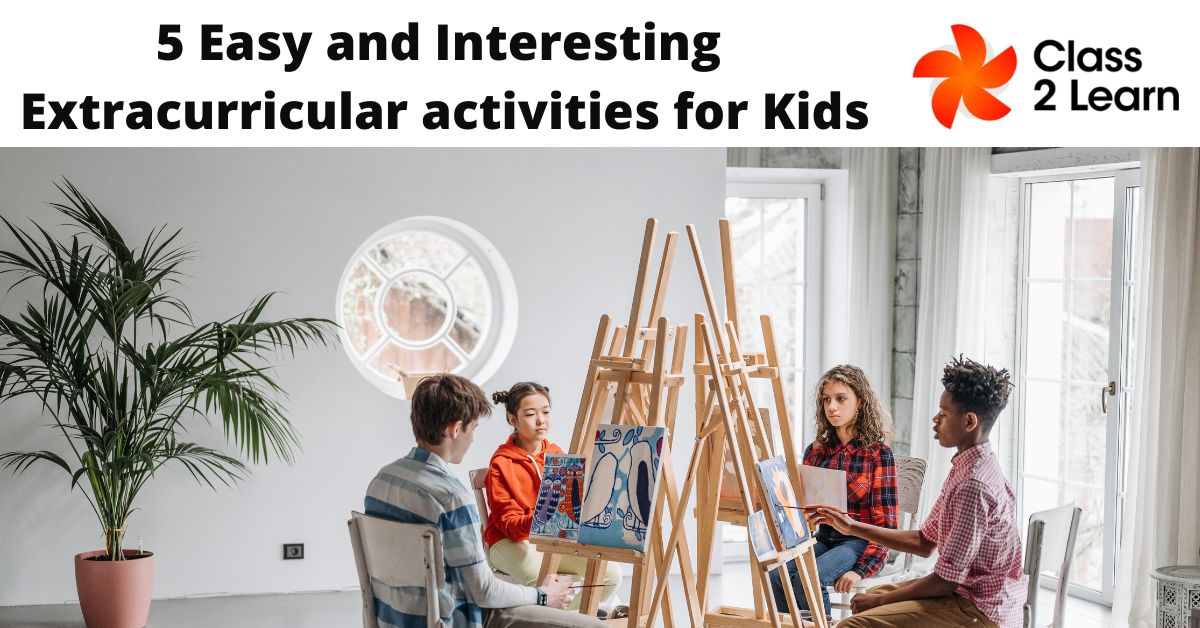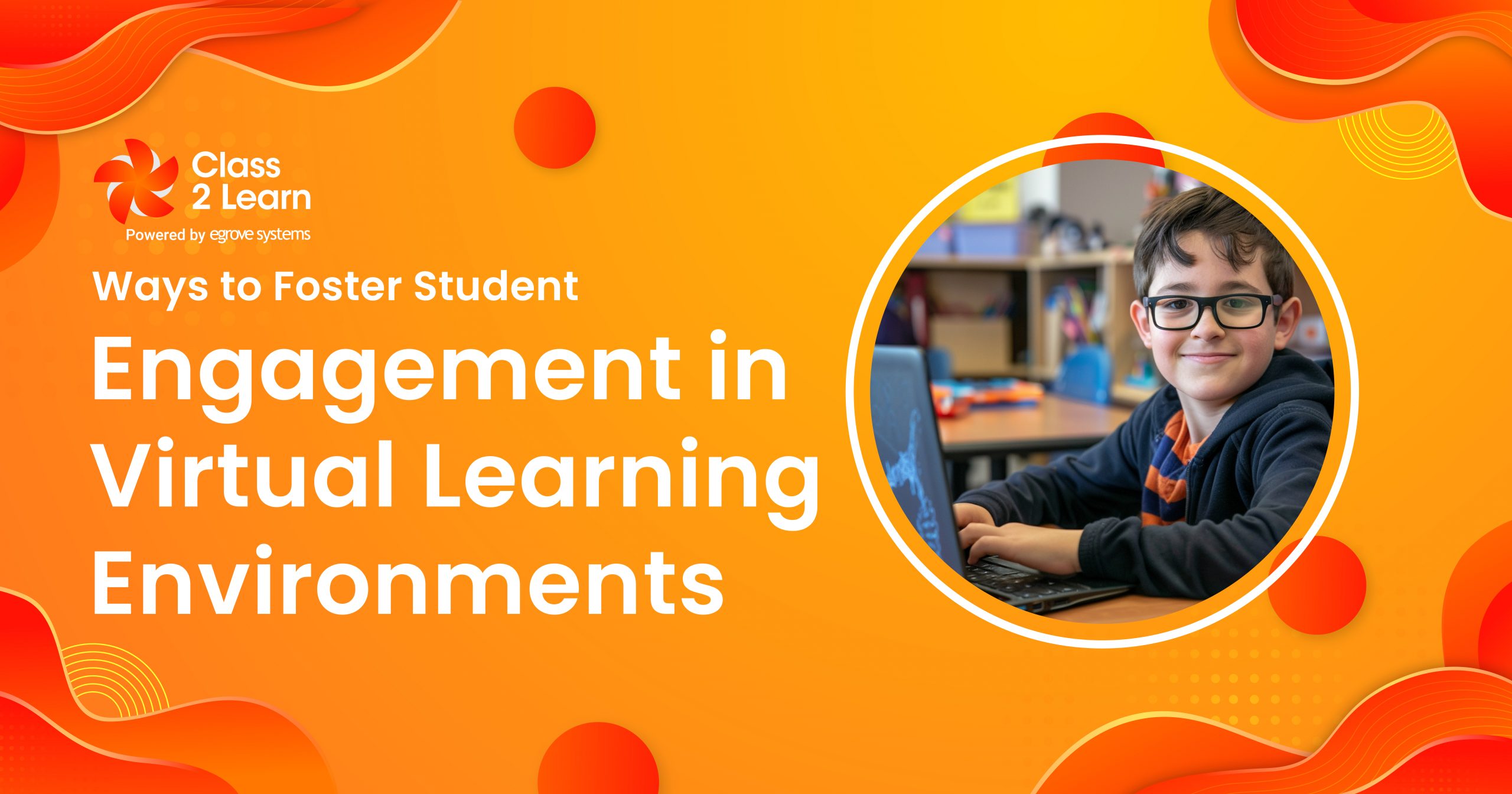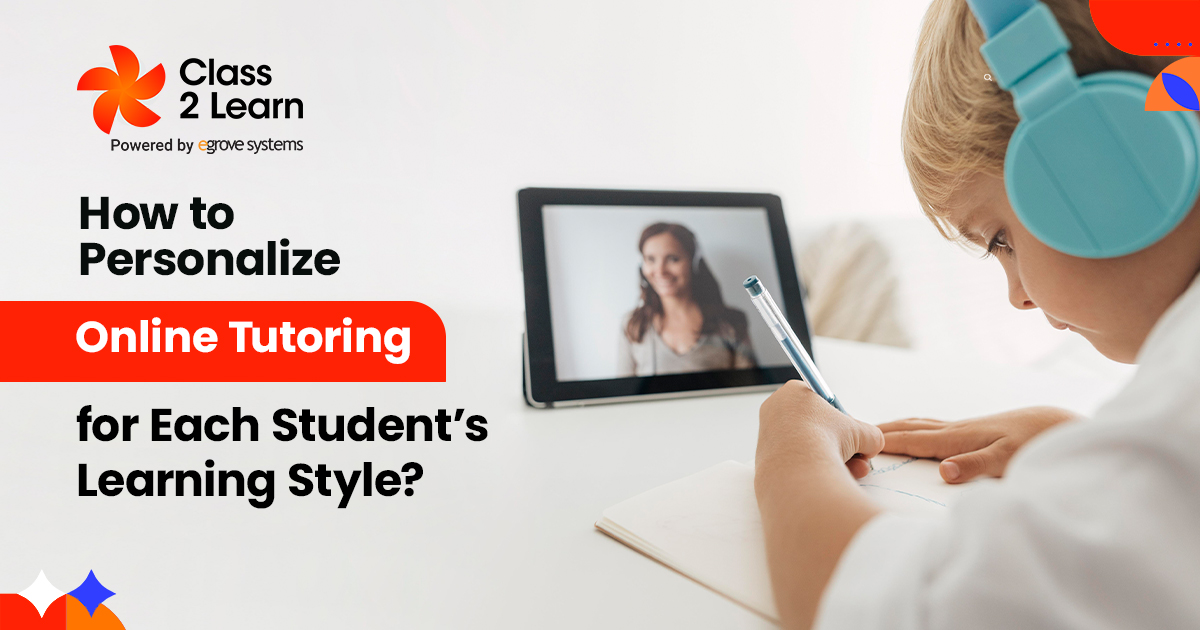Children need to learn how to interact with other children and adults, as well as develop their social skills. This can be done through various extracurricular activities that help them build confidence and self-esteem.
There are many ways by which you can encourage creativity and educate your child, including playtime at home or school; playing sports; joining clubs or organizations such as youth groups; attending summer camps; learning new languages (both spoken and written); taking part in plays or dramatics classes…the possibilities are endless!
As a result, the school system is incorporating various relevant disciplines into the course curricula as extra-curricular activities. Students have extensive experience in a variety of crucial areas outside of the syllabus’s core lectures.
What exactly is an extracurricular activity?
Extracurricular Activities are activities that are not part of the school’s core curriculum. These activities are extremely important in high schools, middle schools, primary schools, and preschools. Students that participate in extracurricular activities at school are often more confident and talkative than less active students.
Why do students require extracurricular activities in their academic programs?
Extracurricular activities are extremely important in students’ overall educational growth and development. The primary goal of these tasks is to link the conclusions of numerous topics covered in class. They also help pupils accurately comprehend the topic’s principles, laws, and highlights.
To begin with, here is a list of easy extracurricular activities for Students:
Students who are homeschooled or who are not enrolled in any offline or online school may overlook extracurricular activities as a component of their academic curriculum. We’ve included several extracurricular activities that students can do at home.
- Dance, Zumba, and Aerobics: Students who focus on their brains and information may neglect their bodies. Dance, Zumba, and aerobics are said to be the finest stress relievers and should be done on alternating days.
- Crafts, Pottery, and Art: One should not be ashamed of our creative nature. Some scholars believe that our subconsciousness stores ideas and sensations that language cannot communicate. You should feel it is worthwhile to give this a shot!
- Martial Arts, Judo, and Karate: Self-defense practices have gained popularity as a result of their portrayal in Hollywood by prominent celebrities. It not only equips you with self-defense skills, but it also serves as a terrific physical activity to do daily.
- Cooking & Baking: Cooking and baking are a terrific combo for teaching children about fundamental concepts such as portions, temperature, volume, amount, and, of course, taste. Many students throughout the world express their creativity in their kitchens.
- Singing, Speaking Skills, and Voice Modulation: It is essential to maintain good throat health. Life presents us with countless opportunities to get up and speak in public. Students who practice their public speaking abilities from a young age are often more confident.
Benefits of Extracurricular Activities:
Aside from improving communication and confidence, the series of exercises also improve the pupils’ general skill set. In terms of long-term benefits, activities play an important part in career development since they focus on enhancing students’ social skills.
Explore how extracurricular activities assist pupils.
- Time Management: To begin, students learn to manage their schedules and timetables more efficiently and successfully. Because they must maintain a balance between curricular and extracurricular activities, they allocate equal amounts of time to each.
- Confidence and Communication Abilities: As stated earlier, students who actively participate in such programs acquire confidence and enhance their communication skills regardless of the nature of the competition. After all, it doesn’t matter if one wins or loses; it’s all about giving your best.
- Stress-relieving during exams and evaluations: During critical tests, pupils are under such mental duress that they are unable to judge correctly. As a result, investing a few minutes each day in such activities enables individuals to reduce tension.
- Co-Curricular Activities: Despite its various benefits, some instructors and students think that extracurricular activities divert students’ attention away from academics and the curriculum. Co-curricular activities are essential since they contribute to a student’s entire development.
- Personality Development: Activities help pupils dynamically create their personas. A person’s personality is a collection of innumerable characteristics. These activities at school help youngsters develop positive characteristics.
- Thinking out-of-the-box: The traditional curriculum forces pupils to think inside the confines of their syllabus. Co-curricular activities encourage pupils to think outside the box and be more creative.
- Priority Management Abilities: Few pupils understand priority management skills adequately. Our everyday routine puts us in several decision-making circumstances when competence is required. These activities educate pupils on the subject.
- Performance Anxiety: Some children experience anxiousness or terror during school presentations (especially in front of a considerable crowd or audience). Because these exercises boost confidence, they also aid in alleviating stage anxiety.
- Objective Orientation Concepts: Students must remain motivated and work toward a single goal. Goal-oriented notions become more apparent and understood as a result of consistent participation in co-curricular activities.
Conclusion:
The advantages of exercises have demonstrated how vital they are for students. Children’s brain growth requires a variety of exposure chances. Extracurricular activities expose students to a wide range of circumstances and locations. Various factors contribute to these activities becoming an essential part of a student’s school life.





Add comment